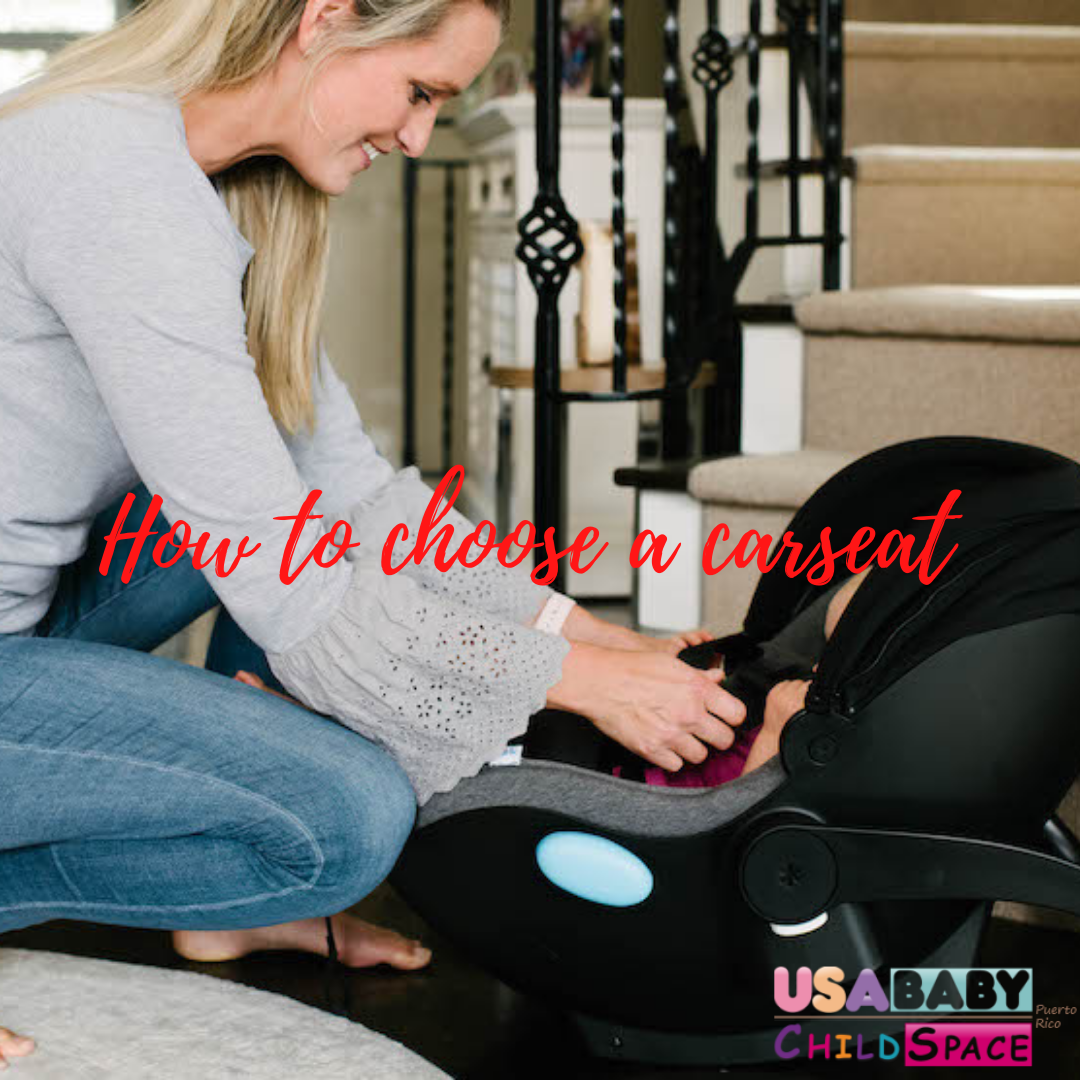
How to choose a car seat
Tips For Choosing a Car Seat
Choosing the right car seat for you will ultimately come down to your personal preferences.
Below are our tips for finding the perfect option!
#1 DETERMINE IF YOU WANT AN INFANT CAR SEAT OR A CONVERTIBLE CAR SEAT.
While infant car seats are considered to be the safest choice because they are specifically designed to cradle small babies, there are numerous highly rated convertible car seats on the market.
Ultimately, this choice comes down to:
- Do you want to be able to take it in and out of the car and use it as a carrier?
- Do you want to use it as a 3-in-1 travel system with your stroller?
- Will you actually be doing that much road travel in the first 3 months?
If you answered yes to the first two bullets: go infant car seat. If you don’t see yourself hitting the open road anytime soon or care about using it with your stroller, then perhaps a convertible car seat is for you!
#2 EVALUATE HOW MUCH SPACE YOU HAVE IN YOUR CAR.
Put simply, some car seats are behemoths. If you drive a similarly large car, this won’t worry you. But if your car is on the small side, consider a seat with a narrower base.
It’s often a good idea to drive to the showroom itself, so you can have a look at what the seat will look like when it’s installed. If you’re going to have two car seats in the back (e.g. one for an older child, one for your baby), check how much room will be left once the two seats are installed. You may even decide to upgrade to a narrower base for your older child’s seat.
#3 ASK WHAT THE CAR SEAT IS MADE WITH.
The National Highway Traffic Safety Administration requires that all materials inside a vehicle in the US meet anti-inflammability standards in the event of a crash. This includes car seats. So regardless of what seat you choose, they will all need to meet this regulation. The majority of brands achieve this through the use of flame retardant chemicals.
When it comes to these chemicals, there are three types of flame retardant classes:
- Brominated
- Chlorinated
- Phosphate-based
Brominated and chlorinated chemicals are also called halogenated and are the ones that are most notably harmful to developing children.
Luckily, the brands we love and trust have removed halogenated flame retardants from their seats due to their toxicity to people and the environment. They’ve also managed to create completely flame retardant-free car seats by using naturally flame-resistant materials such as wool.
#4 TRY NOT TO BUY SECONDHAND CAR SEATS.
We never recommend buying second-hand car seats – there’s just too much at risk.
While hand-me-downs are great for your bottom line, and the planet, older car seats may not meet US safety standards (whereas all new seats on the market must, by law) and may have even been involved in a car accident, thus compromising their safety.
If you do buy secondhand, get a thorough history of the car seat, check it for any cracks, check its safety credentials (and date of expiry – these are usually at the rear of the seat) and ensure the straps still fit your baby snugly.
#5 MAKE SURE THE CAR SEAT HAS THESE FEATURES.
- Check to see if it has either a rigid or flexible LATCH installation. While older car seats used to rely on a car’s seat belt to anchor it safely (and these were nearly impossible to install), most cars all now have car seat anchor points that can safely clip to the car seat’s LATCH system.
- Rigid LATCH systems are straight metal and plastic connectors while Flexible LATCH Systems have metal and plastic clips as well as an adjustable belt. Both are way better than using a seatbelt to thread through and lock.
- Many car seats now offer side-impact protection, which is essentially energy-absorbing foam that will better protect your baby’s head and abdomen in the event of a crash. This is not a requisite, but it’s certainly nice to have.
- Look for seats with two-piece retainer clips – these are quite tricky for little fingers to pull apart, which you’ll appreciate as your tot gets older and more curious!
- Try the harness adjuster in-store before you buy – it should be easy to move the harness and adjust it.
- Look for easy-to-clean fabrics (e.g no corduroy!). Some car seats even come with detachable fabrics that can be machine-washed.

